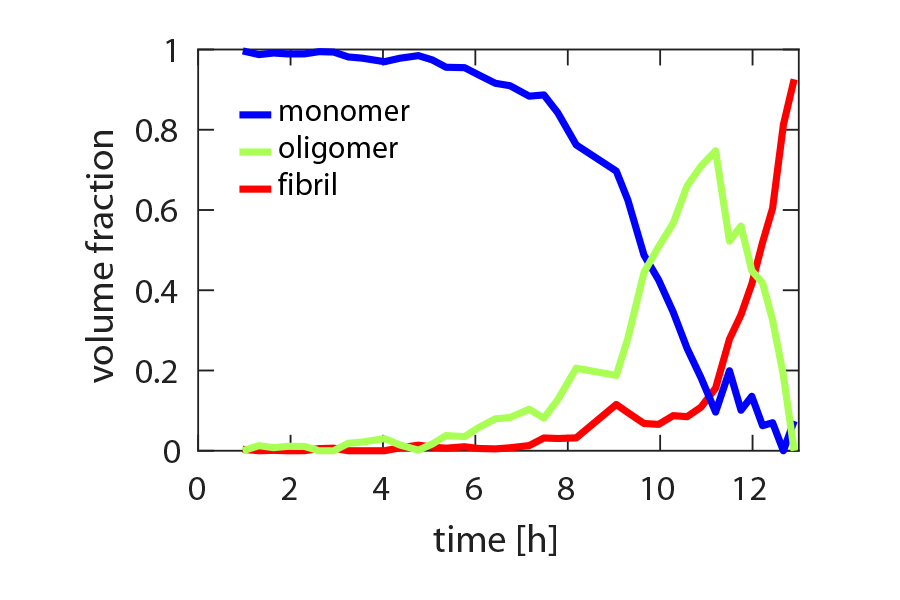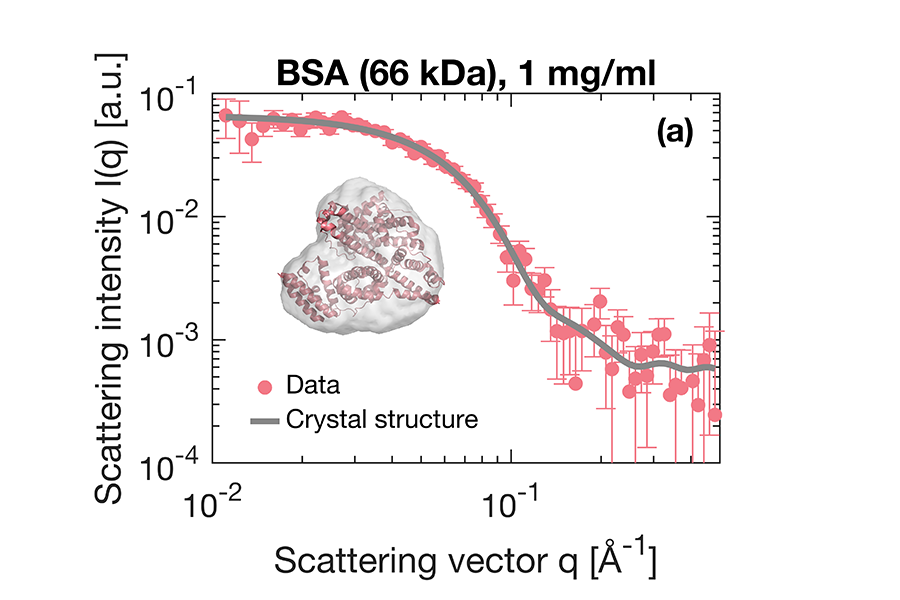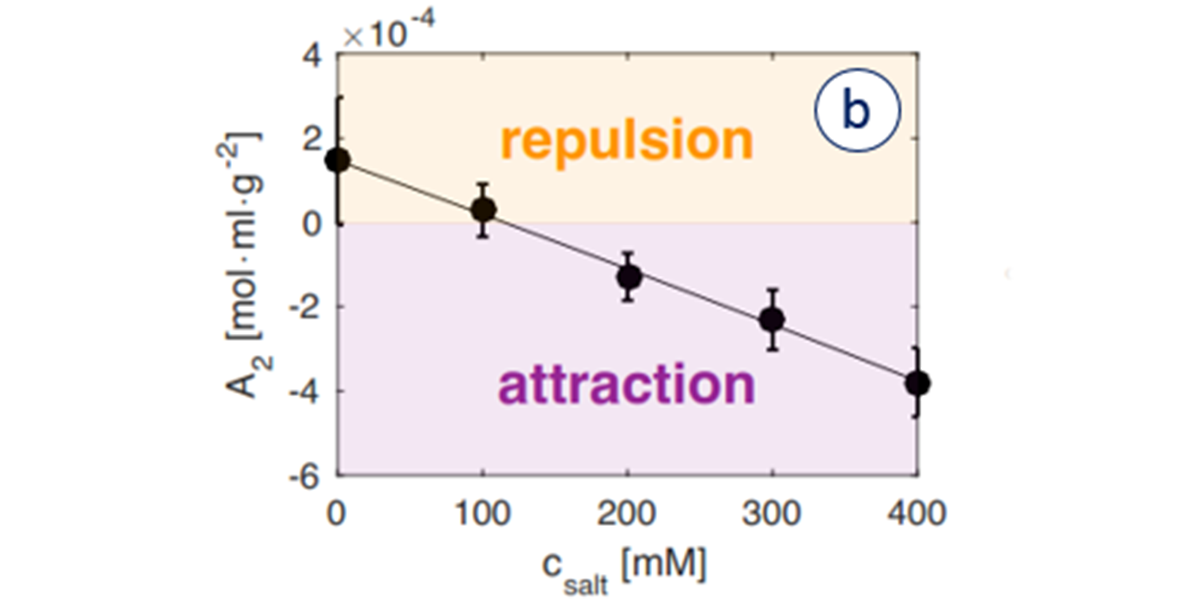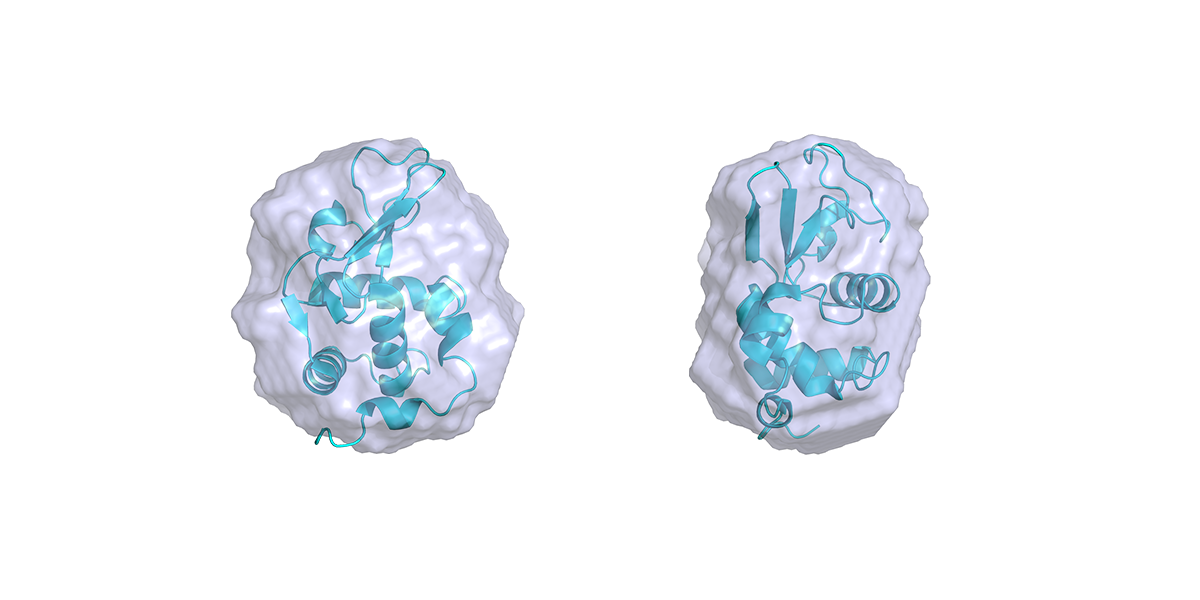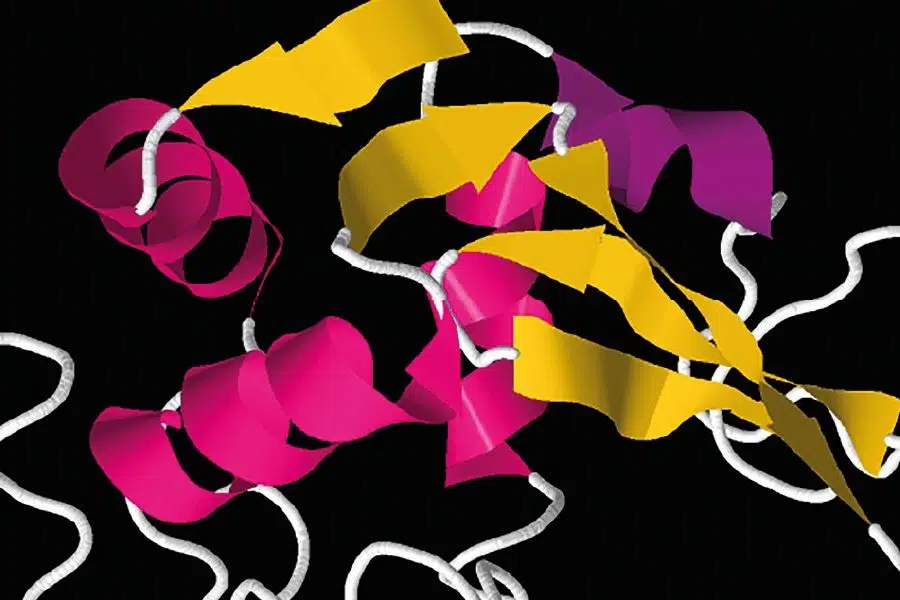New Head Office for Xenocs
April 9, 2019. Xenocs moves to its new head office in Grenoble in September 2019.
Molecular architecture of the Jumonji C family histone demethylase KDM5B
Jerzy Dorosz, Line Hyltoft Kristensen, Nanda G. Aduri, Osman Mirza, Rikke Lousen, Saskia Bucciarelli, Ved Mehta, Selene Sellés-Baiget, Sara Marie Øie Solbak, Anders Bach, Pablo Mesa, Pablo Alcon Hernandez, Guillermo Montoya, Tam T. T. N. Nguyen, Kasper D. Rand, Thomas Boesen & Michael Gajhede
The full length human histone 3 lysine 4 demethylase KDM5B (PLU-1/Jarid1B) has been studied using Hydrogen/Deuterium exchange mass spectrometry, homology modelling, sequence analysis, small angle X-ray scattering and electron microscopy ...
Size-exclusion chromatography small-angle X-ray scattering of water soluble proteins on a laboratory instrument
S. Bucciarelli, S. R. Midtgaard, M. Nors Pedersen, S. Skou, L. Arleth and B. Vestergaard
Coupling of size-exclusion chromatography with biological solution small-angle X-ray scattering (SEC-SAXS) on dedicated synchrotron beamlines enables structural analysis of challenging samples such as labile proteins and low-affinity complexes...
Join our next training webinar
"Introduction to XSACT analysis software". April 18, 2019.
Thorough investigation of oligomers during protein fibrillation
The transient nature of aggregates during the fibrillation process of α-synuclein is highlighted with in-house SAXS experiments using the BioXolver. Protein aggregation into fibrillar structures is associated with a variety of neurodegenerative disorders, such as Parkinson’s and Alzheimer’s diseases. It is becoming increasingly evident that the toxic species causing the…
In-lab SEC-SAXS for structural investigation of complex samples
How to study the structure of complex biological samples? High quality data and 3D envelopes can be obtained on small and large proteins with SEC-SAXS in the lab Small-angle X-ray scattering (SAXS) is commonly used to investigate the solution structure of biological macromolecules. Highly accurate results can be obtained with…
Protein-protein interactions – from in vivo functionality to pharmaceutics and food science
Salt concentration and pH impact were studied on lysozyme and BSA systems respectively by investigating various parameters (osmotic second virial coefficient, folding state and 3D shape). Protein-protein interactions are relevant for various biological processes, such as transcription and signal transduction, but also for protein crystallization, stability and shelf-life of pharmaceutical…
Arkema and the Nano-inXider
As a designer of materials and innovative solutions, Arkema shapes materials and creates new uses that accelerate customer performance in lightweight and design materials, biosourced materials, new energies, water management, solutions for electronics, and the performance and home insulation. For the development of new polymers, Arkema used to characterize materials…
High throughput protein envelope determination
3D envelopes were determined from an automated sequence of measurements including 3 different proteins with low volume and dilute solutions. Small-angle X-ray scattering is complementary to other structural biology techniques. It provides reliable information on the shape of proteins in solution and associated parameters including macromolecule interactions and dynamics. Reliability of the…
SAXS measurements of diluted solutions
SAXS investigations of Lysozyme solutions were performed enabling the calculation of the radius of gyration (Rg) and of the Pair-distance Distribution Function (PDDF). Small Angle X-ray Scattering (SAXS) has become an established technique for studying biological systems and more specifically protein solutions. SAXS is able to characterize both ordered and…



